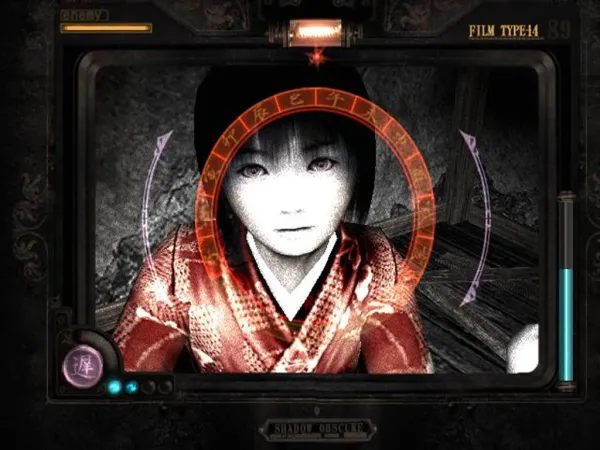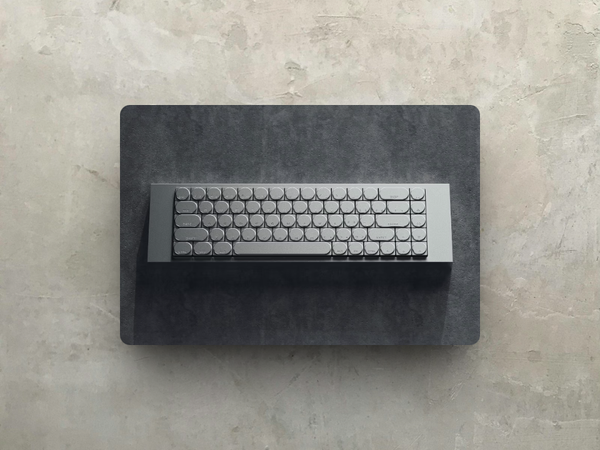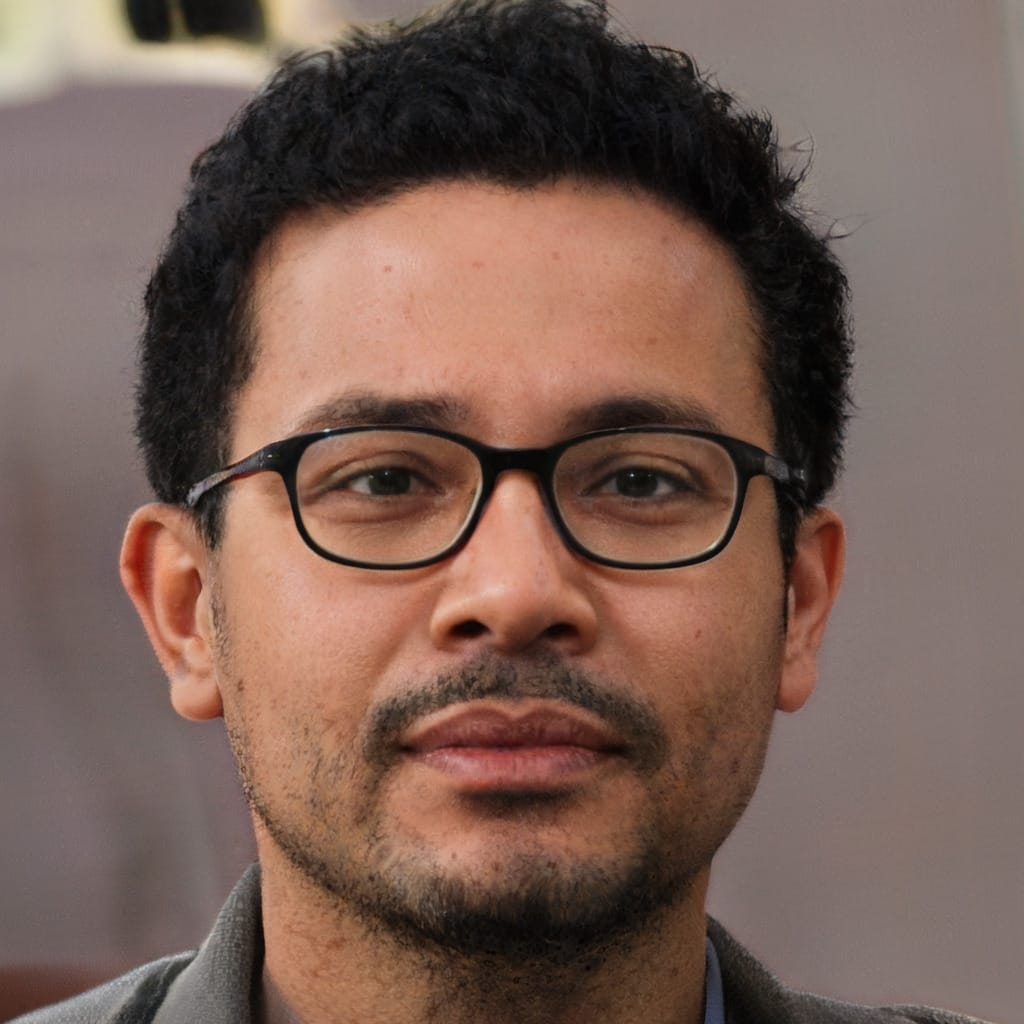The haunting whisper of a shutter click echoes through my memories, transporting me back to the eerie world of Fatal Frame.
It all began with my girlfriend, now wife, who was a huge fan. Her passion opened a gateway that led me down a path of ghostly encounters and Japanese-specific horror.
Well, that and the delicacy of cheesy garlic chips. Something we'd both eat together while taking turns, forging our way through this game under the dark pressure of night.
Admittedly I expected an average experience, but it turned out to be one of the best horror games I've ever played. And that's not just my nostalgia speaking. Fatal Frame, Zero in Japan and Project Zero in PAL regions, shifted the survival horror experience by pushing boundaries.
As a longtime fan of horror games like Resident Evil and Silent Hill, I've encountered many moments of dread and terror. But, in Fatal Frame, the fear never lets up.
Why?
Well from a game design perspective, Fatal Frame's brilliance lies in its core mechanic: the Camera Obscura. This isn't just a gimmick; it's a masterclass in tension-building.
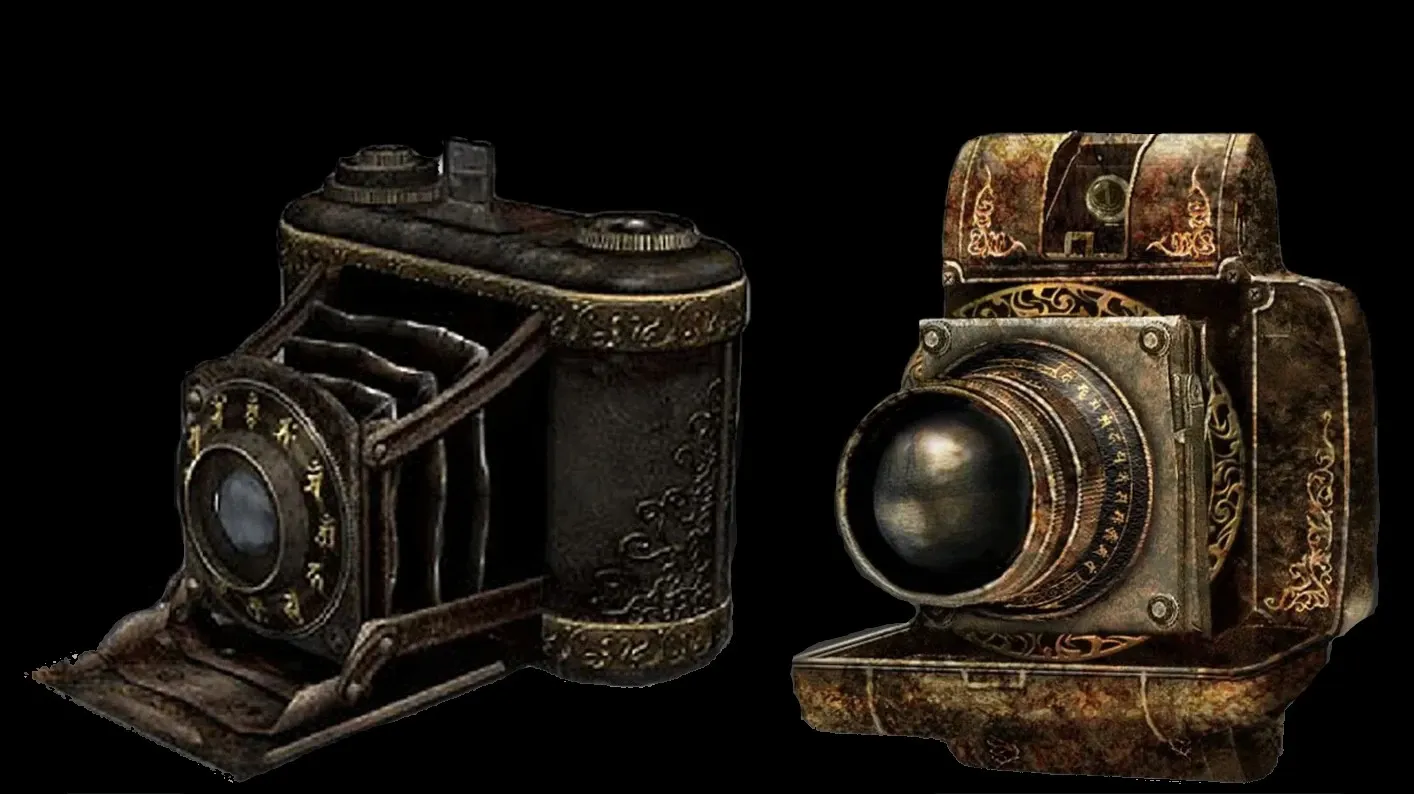
By forcing players to actively frame and photograph their attackers, the developers created a risk-reward system that keeps you constantly on edge. Do you wait for the perfect shot to deal more damage, or snap quickly to avoid harm?
This decision-making under pressure is the backbone of great horror game design, and why I recommend you give it a go today.
A Marauding Sense of Dread
Set in eerie, abandoned locations like haunted mansions and ghost-infested villages, Fatal Frame uses decayed architecture, dark corridors, and unsettling ambient sounds to create a sense of dread and isolation.
The limited visibility is often reduced to a narrow flashlight beam, and the expertly designed soundscape filled with ghostly whispers and distant screams heightens the tension and makes players constantly wary of lurking dangers.
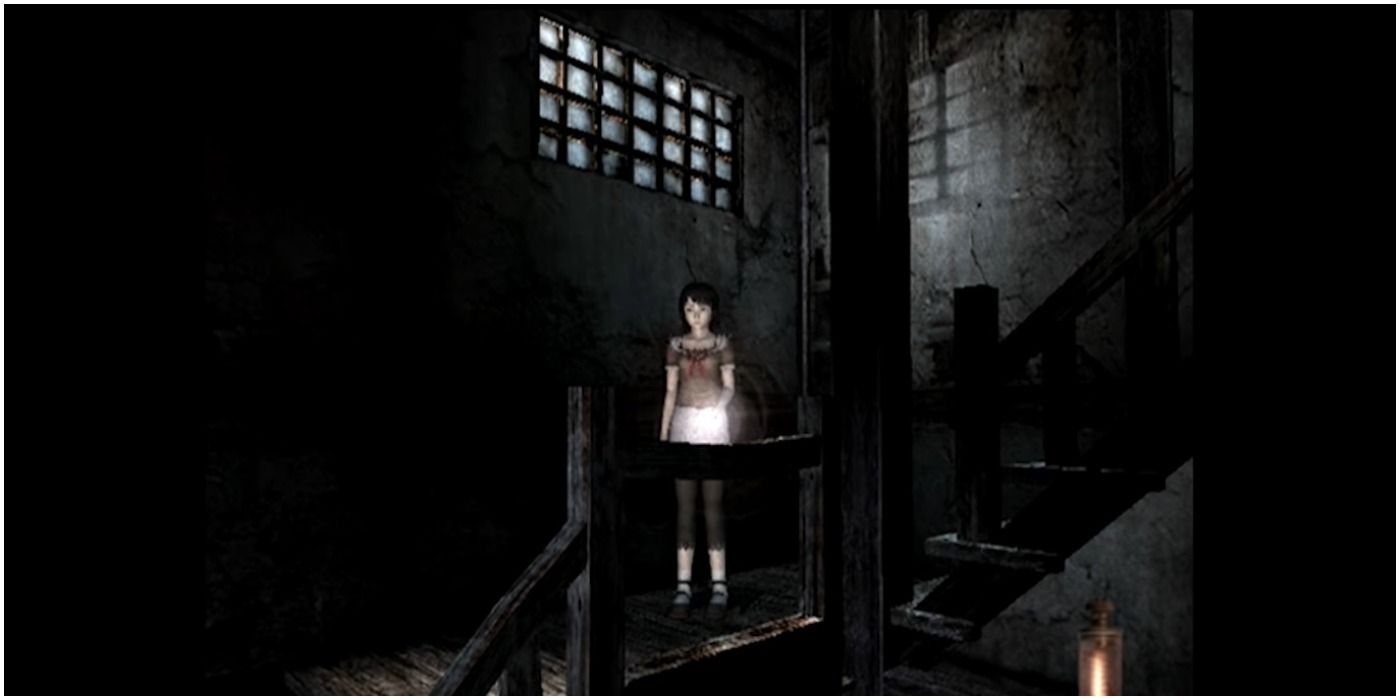
Fatal Frame's uniqueness lies in its use of the Camera Obscura, a primary tool requiring players to photograph and combat ghosts.
Unlike other games of its era, where players either hide from or conventionally fight spirits, this mechanic forces confrontation. Players must often wait for the perfect shot as a ghost approaches, creating intense anxiety.
Historically, the camera obscura was linked to capturing spirits, stemming from 19th-century spiritualists' fascination with photography's mysterious ability to reveal the invisible.
I vividly remember my first terrifying experience capturing a ghost in the game with my other half. We were huddled together, the room dark except for the eerie glow of the TV. As the ghost slowly approached, we could feel our hearts pounding (Or was that Miku's?).

The tension peaked as we waited for the perfect moment to snap the photo. When the ghost finally appeared, we yelped in unison, a mix of terror and excitement, forever bonding over that spine-chilling moment.
As a fan of Japanese horror cinema, such as The Ring and The Grudge, it was wonderful to be able to experience something that was wholly Japanese. No American schools or mansions to get lost in here.
It was this leveraging of Japanese horror folklore, incorporating tragic tales, ancient rituals, and cursed locations that elevated my experience, making the haunted world feel real and alive - but most of all, unique.
During navigation, players guide characters through various rooms, each with a semi-fixed camera perspective that shifts based on their position. Exploration takes place in consistently dark environments, illuminated only by a flashlight.
The game's camera angles masterfully create tension and fear, even when there's seemingly nothing to be afraid of. This often left me with a consistent, unsettling sensation of being watched, even without spirits on screen.
Psychological Sound Design
Fatal Frame shines in its use of psychological horror, relying on suggestion and anticipation to build fear. The disturbing visual design of ghosts, with disfigured appearances and unnatural movements, combined with subtle visual distortions, keeps players in a state of unease.
By manipulating players’ emotions and imaginations, the game creates a slow-burning, creeping dread, making it a masterclass in horror game design that captivated me from start to finish.
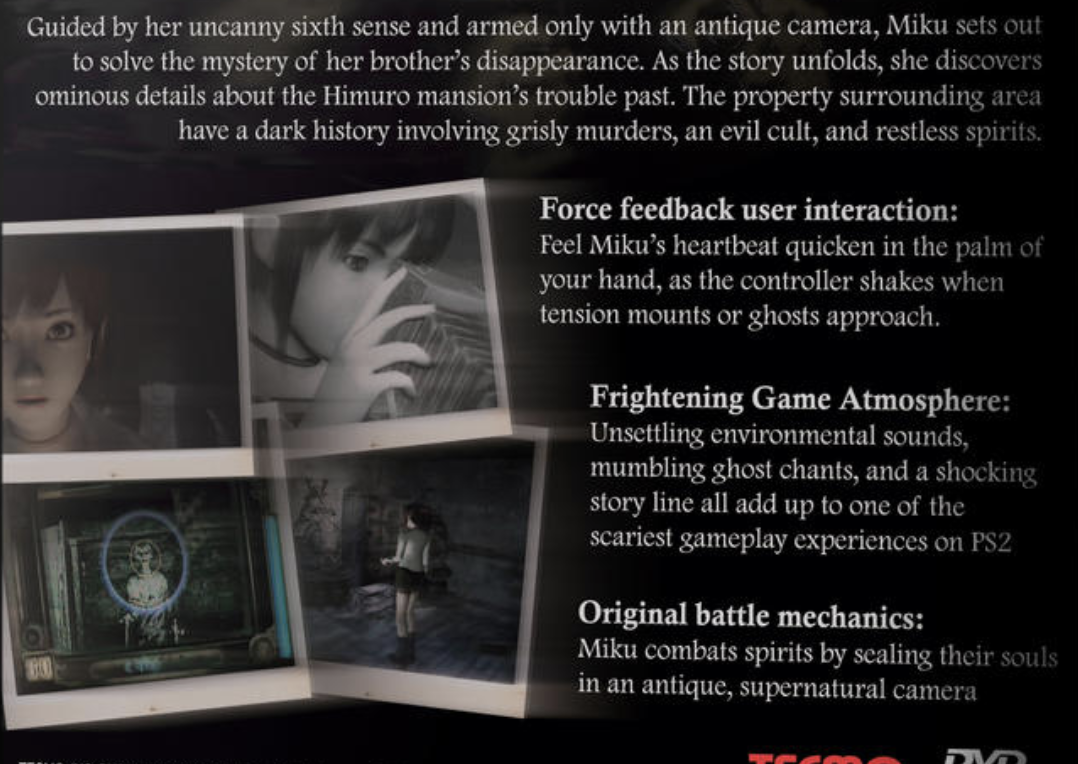
The sound design deserves special mention – the subtle audio cues that hint at spectral presence are often more terrifying than the ghosts themselves. It's a testament to how effective minimalism can be in horror game soundscapes.
The composer and sound director, Shigekiyo Okuda, focused on using stereophonic sound to enhance the atmosphere during concept development.
Given the nature of the project, Okuda aimed to create a three-dimensional experience with sound projected from both the left and right. After testing various middleware and commercial sound tools, the team ultimately chose Arnis Sound Technologies.
As I reflect on Fatal Frame, I'm filled with a bittersweet longing. These games have given me countless sleepless nights and unforgettable scares. They've also shown me the power of storytelling in horror, and the artistry that goes into crafting a truly unsettling experience.
From a game design perspective, Fatal Frame remains a masterclass in creating atmospheric tension, innovative gameplay mechanics, and narrative integration.
Like many fans, I find myself hoping for new chapters in this spectral saga, eager to once again raise that camera and face whatever terrors await on the other side of the lens.
By the end of our gaming session, I notice that my girlfriend is fast asleep. Too scared to carry on under my sanity, I switch the PlayStation 2 off - though it would be several hours when I could say the same about my brain.
An indication that what I just experienced was no run-of-the-mill survival horror experience. It's one that I'd remember for the rest of my life.
In a world where Silent Hill and Resident Evil are still remembered, partly due to ongoing releases, let's not forget what Fatal Frame offered. It provided a distinct experience, a pure scare-fest that would go on to influence survival horror for years to come.


